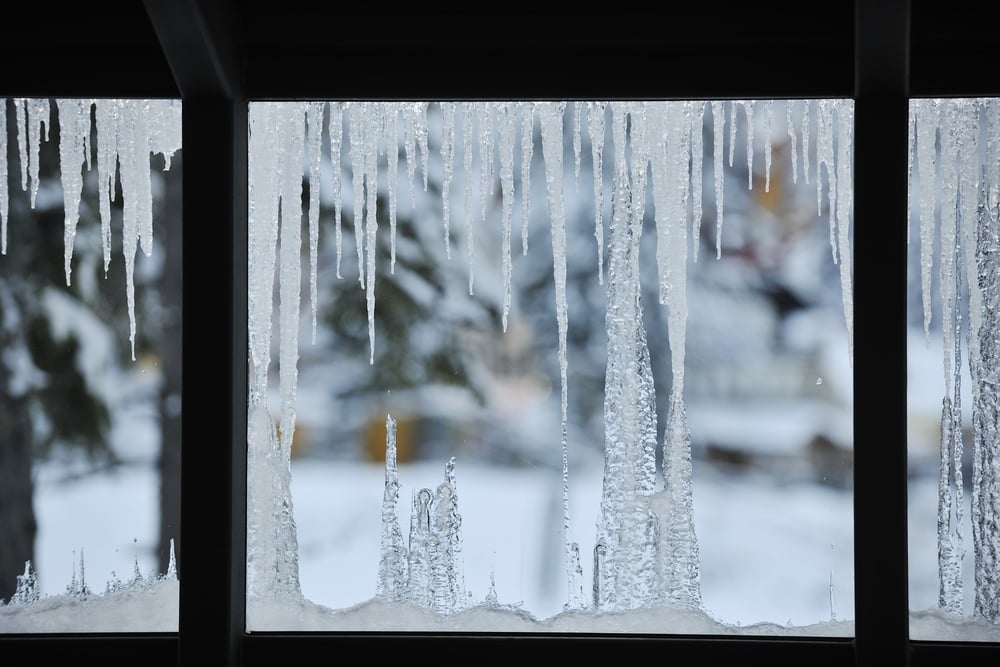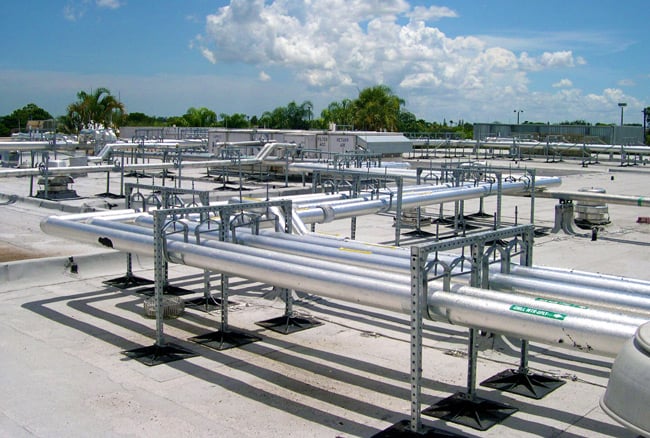The commercial and industrial roofing landscape is undergoing remarkable growth in recent years. Till 2029, the estimated market value for commercial roofing is expected to be $17.08 billion, registering a CAGR of 6.2%. At the same time, the expected market value for industrial roofing is expected to be $140.4 billion by 2033, registering a CAGR of 5.5%.
An article from the Yale School of the Environment published in 2020 revealed that just 3.5 percent of commercial buildings in the United States have solar panels installed, while an additional one percent of commercial buildings have solar panels off-site. Some buildings are not suitable for solar power, either because they are too small or just don't need enough electricity to make solar panel investment financially efficient. However, the report revealed that about 70 percent of commercial buildings in the United States would be eligible for solar panels.
Topics: Installation Tips, Roof Architecture
The Cost of Doing Nothing: Why Rooftop Equipment Needs Planning
While storing equipment on the rooftop is a simple way to save interior space, many facility managers fail to effectively plan the layout and functionality, leading to issues down the road. Your responsibility is to make informed design choices about the layout of roof equipment. Planning at the outset helps you create a layout that is more functional, aesthetically pleasing, and cost-efficient. Utilizing rooftop access systems will help you create a design that makes sense.
Topics: Installation Tips, Roof Architecture
If you’re constructing a new roof, you may ask yourself if premium insulation is worth the cost. After all, it’s a pricey material, it’s expensive to install, and building costs are high. If you look past the up-front cost, however, you’ll see that paying more attention to your insulation (and perhaps paying a little bit more money) is an investment that will result in improvements that pay for themselves. Here are six reasons why you should care about commercial roofing insulation:
Topics: Installation Tips, Construction
Saving Energy With Cool Roofing Materials Is Getting Easier
Thanks to the rise of new cost-effective “cool” materials and “cool” techniques (cool = reflects more sunlight), the building industry finally has some scientifically sound ways proven to moderate energy use over the course of a new or even an existing building’s lifetime. Energy savings mean cost savings. According to the EPA, the costs of choosing a cool roof coating or membrane can be somewhat comparable to the upfront cost to a non-cool roof, but cool materials provide better payback through substantial net energy cost savings and longer life expectancy.
Topics: Installation Tips, Roofing Management, Roof Architecture, Construction
Integrated Project Delivery Strategies Build Better Buildings
No longer are construction projects top-driven by a single person directing the activities of all. Instead, Integrated Project Delivery (IPD) strategies integrate the interests and risks of the owner, architect and contractor into a collaborative team effort to more fully harness the talents and productivity of each separate project element.
Topics: Installation Tips, Construction
Are Cool Roofs in Northern Climates Worth the Investment?
If you’re a business or homeowner in a state like Arizona, you probably understand the power of the cool roof, but what about along the east coast where the winters are fierce? Historically, cool roofs – roofs that reflect the heat of the sun to naturally cool a structure down – are appreciated more in regions where thermal energy is a concern. There is a science behind cool roof technology that makes it a practical choice for even the northern states, though. Consider some ways your business might benefit from a cool roof no matter what the weather patterns.
Topics: Installation Tips, Roofing Management
The roof is one of the most important structures of a building, keeping the elements out and ensuring that all systems are carefully protected so they can function as they’re supposed to. When it comes to roofs, you don’t want to mess around.
That’s where a roofing consultant comes in. Registered Roof Consultants are extremely useful when it comes to ensuring the correct installation of your commercial rooftop and closing the gap between architect and contractor. If you’re an architect, building owner, facilities manager, design engineer or maintenance professional, you may be wondering why hiring a roofing consultant is a good idea … or even whether you should become one yourself.
Topics: Installation Tips, Roofing Management
A lot of thought must go into choosing and installing cable trays in order to ensure the safety and effectiveness of the cables that run through them. Those systems ensure the effectiveness of the cables they protect, reduce wear and tear to rooftop installations, and help ensure safety for people, as well as, property.
8 Factors to Consider When Planning Roof Pipe Support Spacing
If you’ve worked in commercial roofing for a while, you know there are many variables that go into sound decision-making. It often comes down to a balancing act of trade-offs: what you get vs. what you give up. That’s no less true for roof pipe supports than for anything else. The fewer roof pipe supports you use, the lower your costs – and the less weight you add to the roof. On the other hand, if you don’t use enough supports, they’ll be spaced too far apart, putting your pipes and supports, as well as the roof itself, at risk. So how do you decide what’s right for your roof?


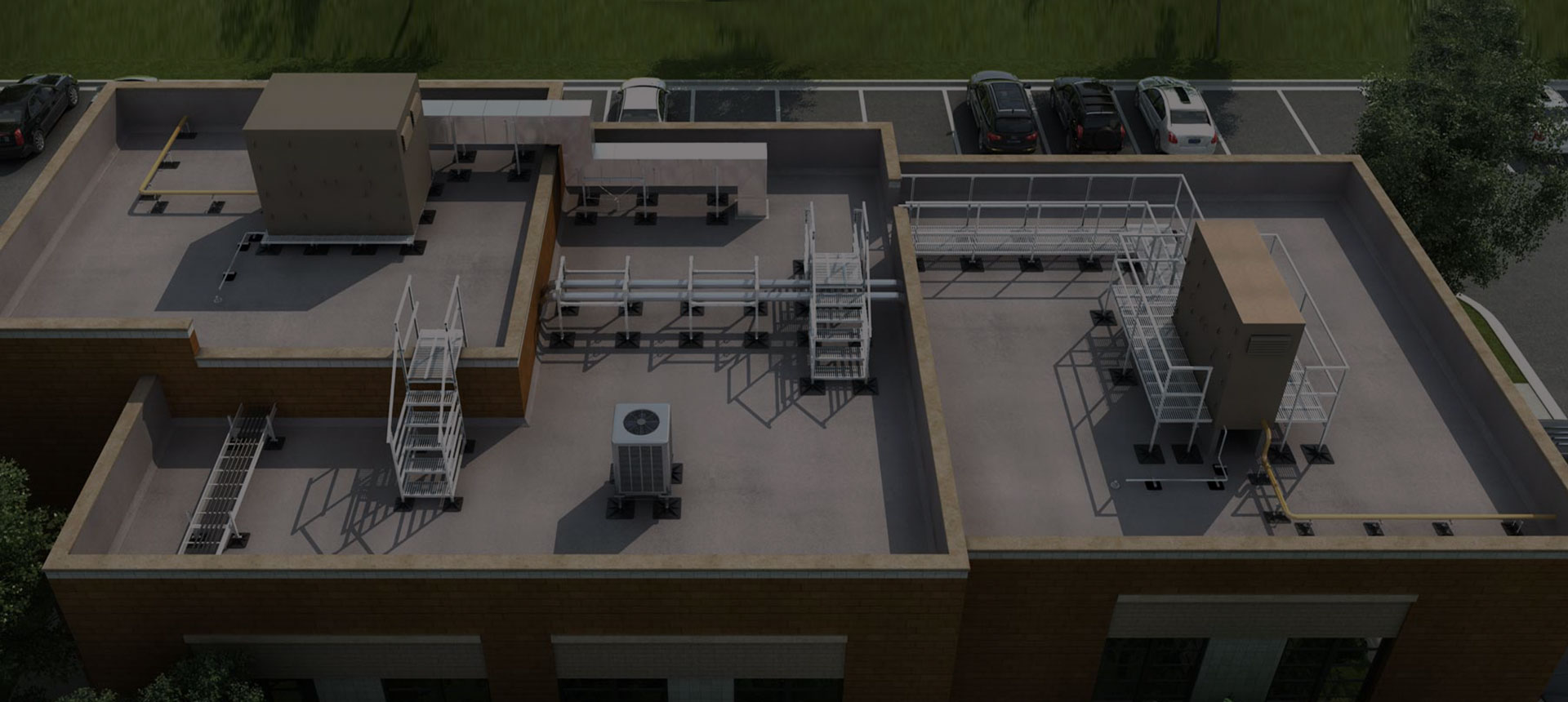
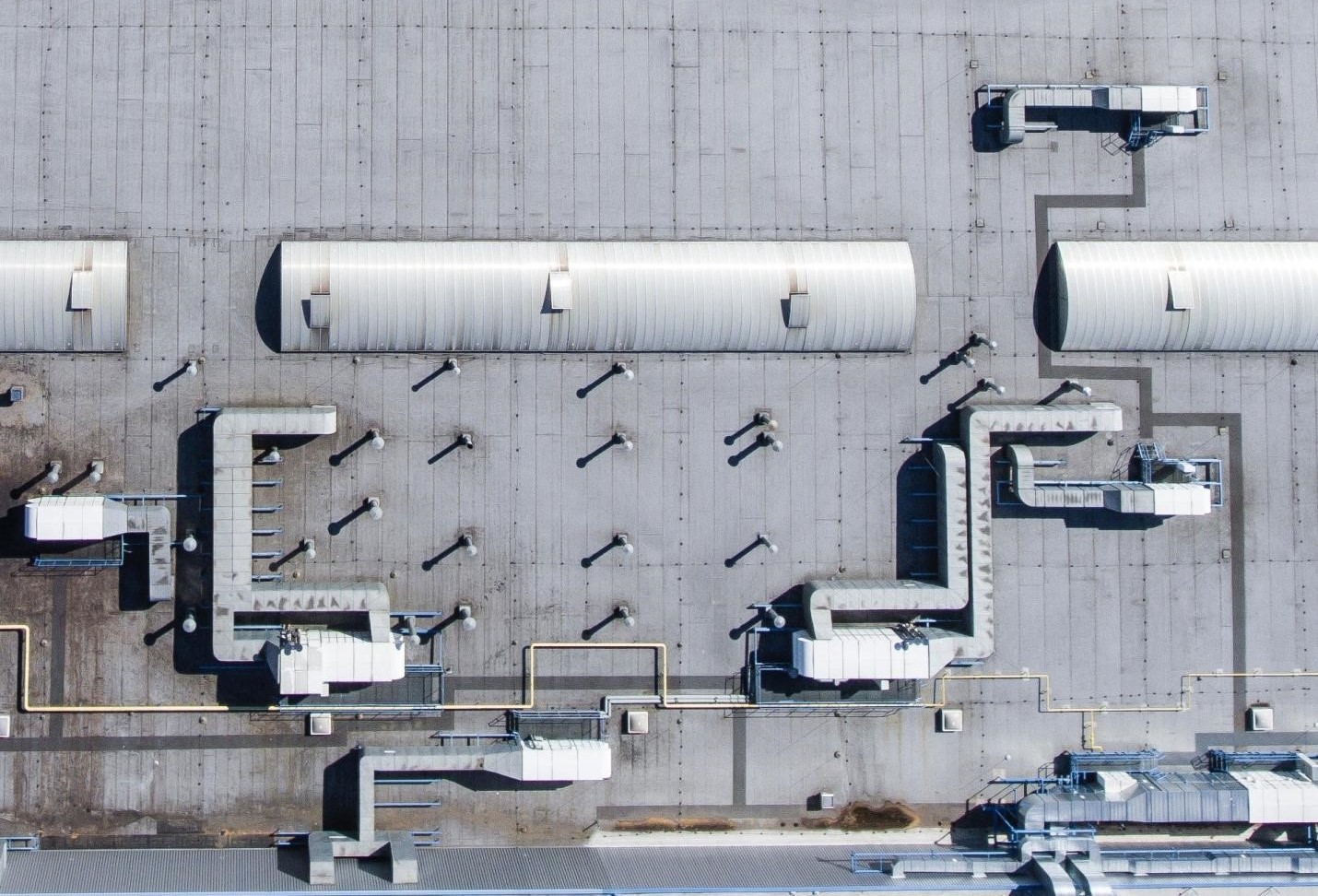


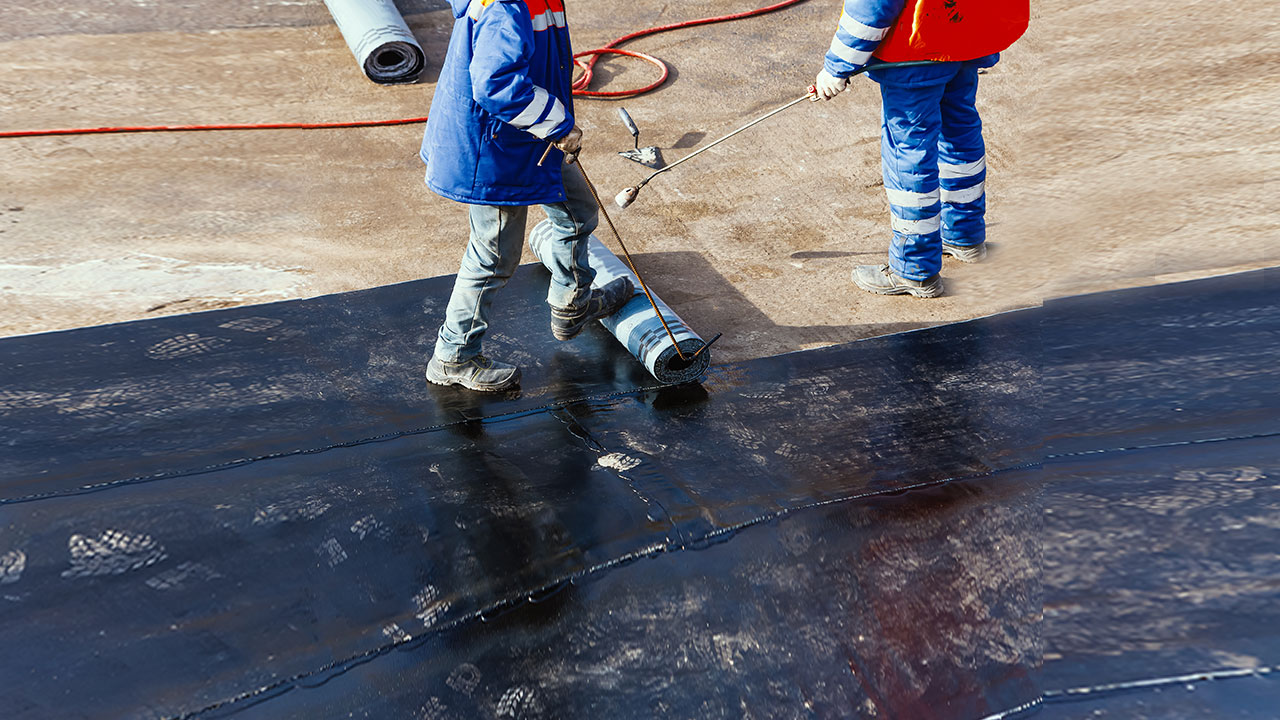

.png)
